9 Tips And Advice For Growing Plants In Winter
Winter is just around the corner. You may be prepared to face the snowy breeze head-on, but is your garden ready for the freezing challenge?
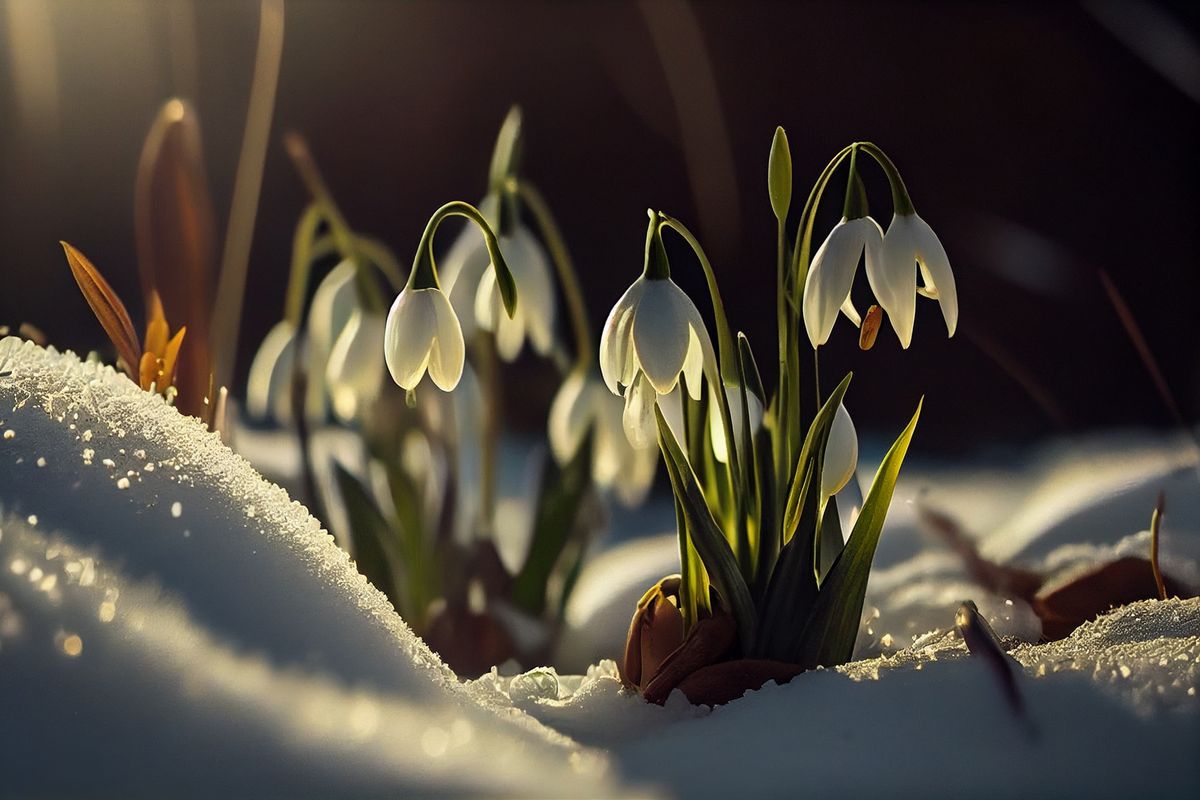
Winter is just around the corner. You may be prepared to face the snowy breeze head-on, but is your garden ready for the freezing challenge?
Winter may affect plant growth and development, and extremely cold temperatures can lead to plant injuries, such as sun scald and frost cracks. This may vary depending on the plant's age, soil characteristics, species, and general vigor.
Fortunately, your plants don't have to suffer from the snowy and chilly gusts of wind across the landscape. You'll need to adapt your methods of caring for your plants in winter to keep them as healthy and thriving as possible.
Tips and Advice
The tips and advice below can help your plants survive the freezing temperatures and fill your home with natural beauty during the cold season.
1. Heating A Greenhouse In Winter
Heating is essential to greenhouse operations, particularly during the cold winter months. It can help maintain warmth in your greenhouse so that even sun-loving plants can survive frigid temperatures.
Here are four types of heating systems you can install in your greenhouse:
- Steam Heating: Boilers produce steam that runs through the insulated pipeline, delivering the steam to the areas being heated (e.g., along the end and side walls of the greenhouse).
- Hot Water Heating: Hot water heating systems are affordable and reliable. They can also be controlled to meet the necessary heating requirements and provide more even heat distribution than steam boilers.
- Hot Air Heating: Hot air heaters use diesel, petroleum, or natural gas to produce heat. This type of heating system releases carbon dioxide, which can be beneficial for plant growth and development.
- Infrared Heating: Infrared heaters produce infrared radiation, which travels at the speed of light in a linear path. This transfers heat to various greenhouse objects, including trays, benches, soil, plants, etc.
Most of these heaters require electricity, but did you know you can also keep your greenhouse warm without it? South West Greenhouses says that you can heat your greenhouse without electricity, by using your compost heat, as it naturally produces heat (even on cold days).
If done correctly, it will generate heat between 40℃ and 50℃ for 2-3 days. For the hot compost method, the temperature may range between 46℃ and 71℃ and last around 12 days.
2. Building A Potting Shed
A potting shed is similar to a greenhouse; however, it uses wood instead of glass and other transparent materials. It's typically used to store newly planted seedlings and potted plants. It has windows for natural light to enter, promoting plant growth and providing warmth during winter.
This makes a potting shed ideal for storing vulnerable plants, such as tender bulb flowers (e.g., tulips and daffodils), tropical plants (e.g., aloe vera and hibiscus), and annual plants (e.g., petunias and snapdragons).
If you're interested in building your own potting shed, this post from deadlinenews.co.uk might help. You may also consult other gardeners for insights and advice regarding potting sheds.
3. Cutting Back On Watering Plants
When a plant receives plenty of sunlight, it becomes thirstier over time. This is why plants are more active in spring and summer.
During the colder months, the exact opposite happens. Since there's less sunlight, plants require less water than in spring and summer. Plants you water weekly in spring might need a few weeks without water during winter. You may use a smaller watering can to prevent overwatering your plants during this time.
In addition, instead of creating a watering schedule, check the soil to see if it needs to be watered. If the first few inches are dry, water it thoroughly. But if it's still moist, wait a few more days and recheck the soil to see if it needs watering.
If you don't want to get your hands dirty, you may use a moisture meter. Keep in mind that adding water is easier than removing the excess. Therefore, it's better to slightly underwater your plants during winter if you want to be more cautious.
4. Checking The Sunlight
During winter, the sun rises later and sets earlier than usual. This means that the sunlight plants receive is less compared to spring and summer.
If possible, remove anything that may prevent sunlight from reaching your plants. Ensure your potting shed and greenhouse face south for maximum sunlight exposure.
For indoor plants, place them near your windows facing south to help them take advantage of the sunlight as much as possible. Make sure to rotate them at least 45 degrees every week to ensure that all sides get exposed to sunlight from time to time.
5. Avoiding Repotting As Much As Possible (Until Spring)
It's best to avoid repotting plants during winter as much as possible. This is because their growth has slowed, and they need all their strength to survive the frigid winter temperatures. So, when should you repot them?
Consider repotting your plants during the first week of March. This is the ideal time to repot your plants because they start to grow actively and may quickly recover from the shock and stress of being transplanted into another pot.
However, you might need to repot your plants during winter if:
- Their roots are sticking out of the holes, which means they require a larger pot
- Root rot is one of your concerns
- The soil has mold growth
- The soil isn't appropriate for the type of plant you wish to grow
- The plants and their root systems aren't divided as evenly as possible
- There are rootbound issues, meaning the plants have outgrown the current pot
But, if possible, repot your plants only in spring to promote proper growth and development.
6. Bringing Some Potted Plants Indoors
If you have small pots of plants outside your home, it might be better to bring them inside to keep them warm and prevent them from freezing. This is especially recommended for vulnerable plants during winter. But before you do so, clean and trim them to promote proper growth and development.
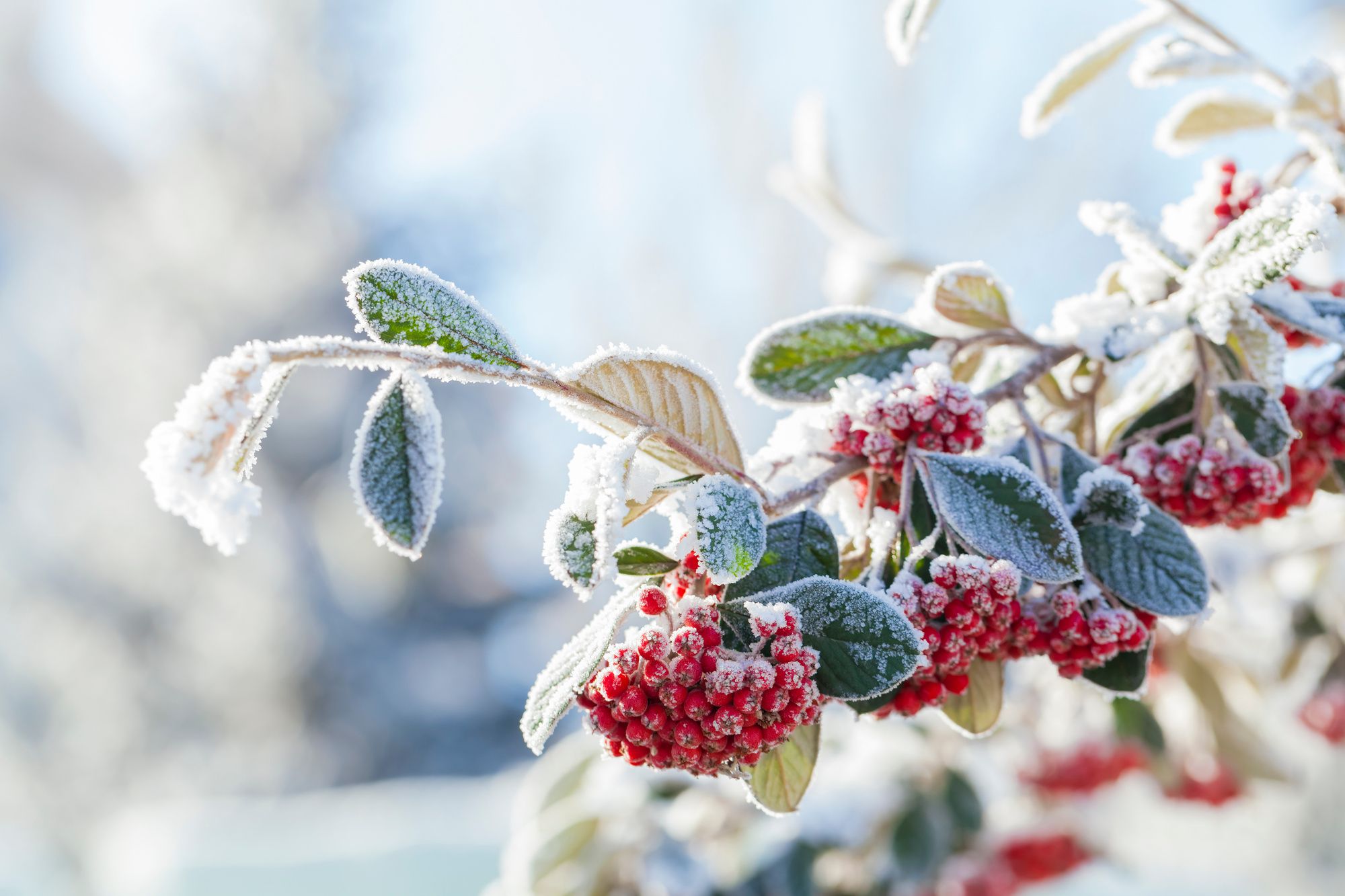
7. Cutting Back On Fertilizer
Plants should be given fertilizer at least twice a year for optimum plant nutrition. One for warm-season plants at the start of the spring season (March-North, September-South) and another for cool-season plants (September-North, March-South).
However, when the temperatures have started to drop, stop fertilizing your garden until spring. The reason behind it is that low soil temperatures may reduce microbe activity.
As you may know, microbes are less active during winter because they require heat to do so. This means microbes won't be able to play their role in the nitrogen cycle, a process of converting nitrogen to obtain energy.
If you add fertilizer when the microbes are still at rest, it can burn the plant's root, ultimately killing it. Why? Because there are no microbes that can process the fertilizer you provide, leading to chemical burns.
8. Checking Plants For Infestation
Plant infestation is more likely to occur during winter. So, always check your plants' condition and watch out for these sap-sucking insects.
- Spider Mites: Use a sponge to brush them off the leaves and rinse thoroughly. Since spider mites thrive most in dry environments, consider increasing the humidity using a vaporizer or humidifier.
- Mealy Bugs: First, you need to isolate infected plants because these pests won't be easy to get rid of. Then, get a toothbrush, dip it in rubbing alcohol, and brush off as many insects as possible.
- Scale Insects: These pests crawl and hide beneath the shell of their host plants. Use a toothpick or a cotton swab dipped in rubbing alcohol to remove them. Make sure to check the plant's stems and undersides of leaves, as these insects tend to hide in these areas.
- Whiteflies: These insects are found on the undersides of leaves. To get rid of them, use a handheld vacuum cleaner to suck them up. Be gentle to avoid damaging the plant. Alternatively, you can use sticky traps to catch them.
- Aphids: Aphids are small, soft-bodied insects that suck the sap from plants. To control aphids, you can use a strong spray of water to dislodge them from the plant or introduce beneficial insects such as ladybugs or lacewings, which are natural predators of aphids.
As a preventive measure, keep an eye on your plants and maintain good airflow to discourage these pests from infesting your plants.
9. Increasing The Humidity
The air inside potting sheds and greenhouses is a bit drier during winter, with humidity levels between 10-20%. Many plants, especially those with a tropical origin, grow best with 40-50% humidity levels.
You may increase the humidity inside by clustering your plants together. The water will evaporate from the potting soil, raising the humidity around your plants.
Aside from that, you may also raise the relative humidity by putting trays of water and pebbles near your plants. This will create a humid climate for your plants as the water starts to evaporate.
You may also use a humidifier or vaporizer to increase the humidity levels inside your greenhouse and potting shed. This is much easier than filling trays with pebbles or clustering plants.
Final Thoughts
Winter is a challenging season for both plants and gardeners. The cold temperatures, shorter days, and freezing winds can put your plants at risk. However, by following these tips and advice, you can help your plants survive and thrive during the cold season.
Remember to provide adequate heating for your greenhouse, build a potting shed, cut back on watering, check for sunlight, avoid repotting, bring potted plants indoors, reduce fertilizing, check for infestations, and insulate outdoor plants.
By taking these preventive measures and adapting your gardening practices, you can enjoy a flourishing garden, even in the midst of winter.

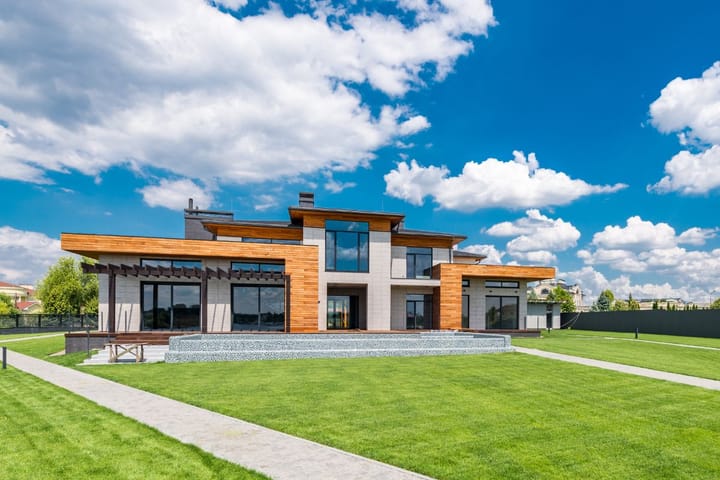
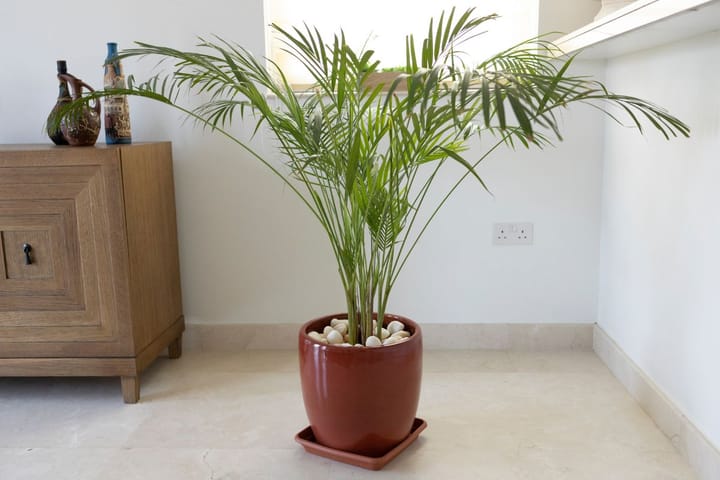
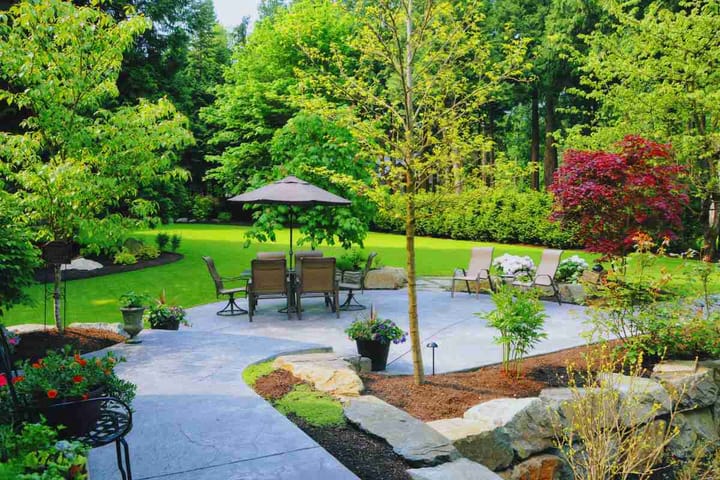
Comments ()